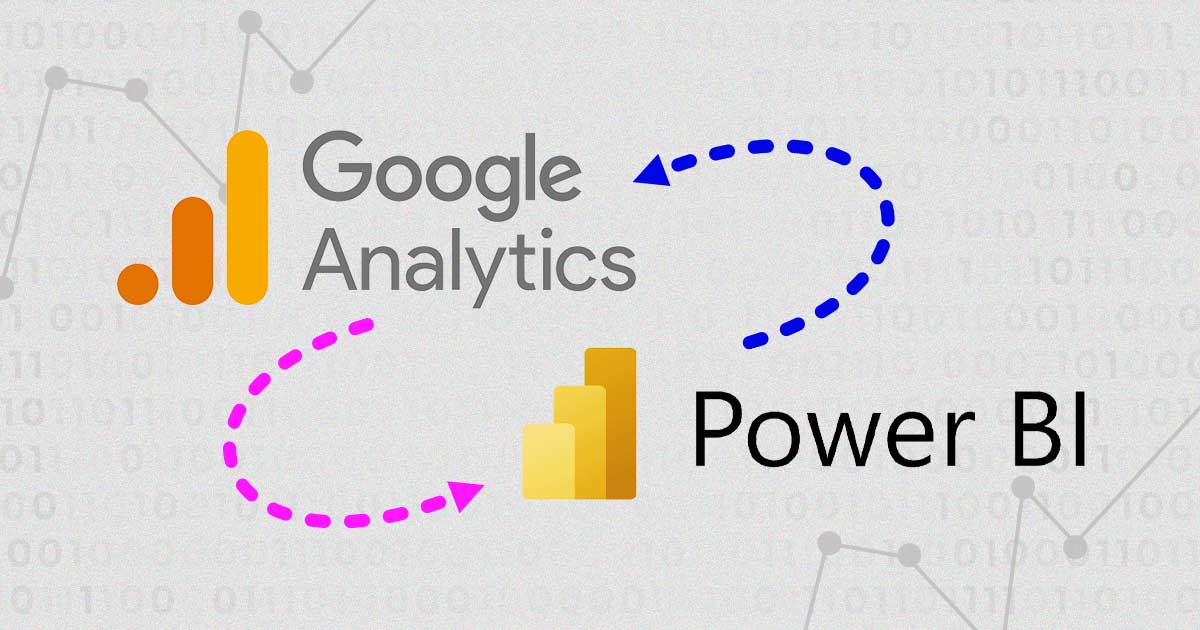Recently, Google announced the release of Google Analytics 4 – which has become the standard version of the web traffic data collection and analysis software. But what does this mean for marketers and how does it compare to the traditional version?
The Google Analytics reporting tool is widely used by businesses and websites to track user interaction across web domains, mobile apps, and offline APIs in order to measure the amount of web traffic they receive, monitor important marketing channels, and measure their key KPIs.
Google Analytics 4 has important features that differentiate it from the previous version and modernize the platform, especially with regard to the new privacy protection laws. Keep following along and find out how this novelty works.
Understanding Google Analytics 4:
Google describes the purpose of the new Google Analytics 4 as a powerful combo: a next-generation approach to “privacy-first” tracking, X-channel measurement, and predictive data based on Artificial Intelligence, all at once.
Google Analytics 4 was developed on the same platform for the “App+Web” system launched in 2019, which had a primary focus on cross-channel data. Which means it gave marketers a way to track users on applications, software, and a website.
As such, the main goal of the new feature is to change the way data is displayed to focus on users – especially the user journey from the first visit to the final conversion.
Finally, another important point is that the machine learning processing in this new Analytics allows for the filling of gaps where companies cannot understand their complete customer base due to users opting out of cookies and data collection. By applying Google’s advanced Machine Learning models, the new Analytics can populate data about site traffic and user behavior.
The need for something like Google Analytics 4 comes largely from the new privacy protection laws (like GDPR and CCPA). Companies using traditional Universal Google Analytics may have problems with inaccurate or missing data due to the cookie consent options required by these laws.
Benefits of Google Analytics 4
1) Deeper integration with Google Ads
Google Ads is one of Google’s main marketing tools. If you still don’t advertise on the platform, check out 5 reasons that will convince you and run to find out how to create your Google Ads account.
Marketers can easily maintain and build their visitors’ audiences on the web and in the app. If users who are eligible for an audience list complete a purchase in the app, the list will be updated automatically to remove the user from the audience list. This is done so that this specific user is not redirected with ads.
2) Predictions and insights with artificial intelligence
In this new version, in addition to Machine Learning insights, Google Analytics 4 features alerts to help marketers stay abreast of the latest data trends, such as increased demand for a product they sell. They can use Google Analytics 4 to predict outcomes, such as the potential revenue a company can get from a given subset of customers and cancellation rates, among other important metrics. These insights can help marketers predict actions that their customers may take in the long run.
3) Non-code event tracking
The expanded code-free features of Google Analytics make it quite simple for marketers to measure and track actions on the app and website in real time. This can be a video playback or page scrolling and can be done without the need to add code or set up event tracking in the Google Tag Manager. In Universal Analytics, event tracking required additional processing, which included latency and data not made available until the next day.
4) Reports framed in the client’s life cycle
This is an important difference between Universal Analytics and Google Analytics 4 in terms of report organization. The reports are now organized to help marketers focus on specific aspects of the customer journey. For example, you can look at which channels are generating new customers in the User Acquisition Report, as well as the Retention and Engagement Reports can be used to analyze and understand customer actions.
5) User data controls
Google Analytics 4 offers options to help advertisers comply with various data regulations. The new feature comes with a consent mode designed for websites that want to obtain end-user consent to collect analytics data. This mode offers separate consent options for ads and analytics. In this new version, the data deletion capabilities have also been improved, allowing companies to comply with users’ deletion requests. They can do this without having to remove more data than necessary. It also includes a preview mode for companies to check the data they are about to delete.
New features in Google Analytics 4
Also check out some new features exclusive to Google Analytics 4:
- O Google Analytics 4 permite que profissionais de marketing editem, corrijam e ajustem a maneira como os eventos são rastreados em suas análises, sem precisar editar o código no local.
- A importação de dados agora pode incluir uma ampla variedade de dados de fontes que não são do site (como aplicativos, por exemplo), tudo em uma única propriedade.
- O acompanhamento de vários domínios que também não requer ajustes de código pode ser feito na interface do usuário.
- O Google Analytics 4 está focado em fornecer aos profissionais de marketing uma compreensão da jornada do cliente. É mais focado em medir uma jornada de compra de ponta a ponta em vez de métricas individuais em páginas, segmentos ou dispositivos.
Want to learn more about Google Analytics 4, or need professional help implementing the tool in your company? Get in touch with our experts!



